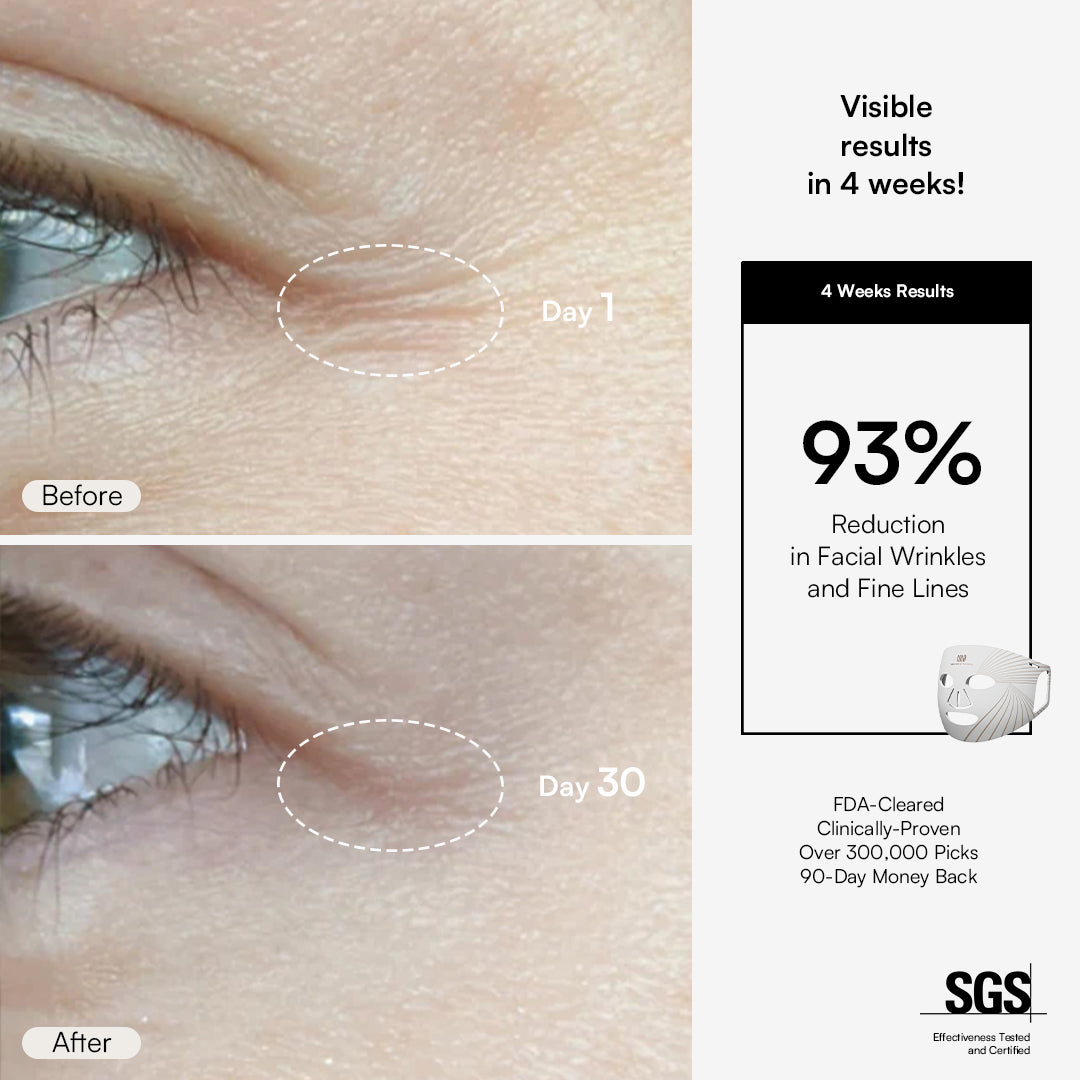Unlock the Secrets of Radiant Skin: Discover the Magic of Red Light Therapy Masks!
In the ever-evolving world of skincare, red light therapy masks have emerged as a captivating innovation that promises to revitalize and rejuvenate. With glowing testimonials and a surge in popularity, these masks have quickly become a staple in many skincare routines. But what exactly are they, and how do they work? This article aims to delve into the benefits, usage, and scientific backing of red light therapy masks, revealing the secrets behind their radiant appeal. By the end, you’ll understand why so many are turning to this technology for their skincare needs.

Understanding Red Light Therapy
Red light therapy (RLT) has its roots in the 1960s, when researchers discovered that low-level lasers could stimulate healing in cells. Essentially, RLT involves exposing the skin to low-wavelength red light, which penetrates the skin and activates cellular processes. At the core of RLT's effectiveness are mitochondria, often referred to as the powerhouse of the cell. When exposed to red light, mitochondria produce more adenosine triphosphate (ATP), enhancing cellular energy and promoting repair and regeneration. This mechanism not only aids in healing but also contributes to improved skin health, making red light therapy masks a promising option for those looking to achieve a more vibrant complexion.
Benefits of Red Light Therapy Masks
The benefits of using red light therapy masks are numerous and impressive. One of the most notable advantages is the improvement in skin tone and texture. Users have reported a more even complexion and a reduction in the appearance of fine lines and wrinkles, thanks to enhanced collagen production stimulated by the therapy. Additionally, red light therapy masks are known to promote healing of acne and other skin conditions, making them a versatile tool in skincare. Enhanced collagen production not only plumps the skin but also contributes to its elasticity, providing a youthful appearance. Many users have shared personal anecdotes of how their skin transformed after consistent use, highlighting the effectiveness of these masks in their daily routines.
How to Use Red Light Therapy Masks
Using red light therapy masks at home is straightforward, but following a few key steps can maximize their effectiveness. First, ensure that your skin is clean and free from makeup or skincare products. Place the mask over your face, adjusting it to ensure a snug fit. For optimal results, it is recommended to use the mask for about 10 to 20 minutes, several times a week. Consistency is key, so integrating this practice into your routine can lead to significant improvements over time. Always follow the manufacturer's instructions for specific settings and guidelines, and if you're new to RLT, consider starting with shorter sessions to gauge your skin's reaction. Safety is paramount, so be cautious and listen to your body.
The Science Behind Red Light Therapy
The efficacy of red light therapy is supported by a growing body of scientific research. Numerous studies have shown that RLT can significantly improve skin conditions by promoting cellular repair and growth. Clinical trials have indicated that regular exposure to red light can enhance collagen synthesis, reduce inflammation, and accelerate wound healing. Experts in dermatology have noted that red light therapy can be particularly effective in reducing the signs of aging, as well as treating acne and other skin disorders. This scientific backing reinforces the legitimacy of red light therapy masks as a valuable addition to skincare regimens. Personal stories from those who have witnessed remarkable results further underscore the positive impact of this therapy.
Potential Side Effects and Considerations
While red light therapy masks are generally considered safe, it’s important to be aware of potential side effects and contraindications. Some users may experience mild redness or irritation after use, particularly if they have sensitive skin. Individuals with certain skin conditions, such as photosensitivity or those taking medications that increase sensitivity to light, should consult a healthcare professional before starting red light therapy. Additionally, pregnant women and those with specific medical conditions should seek advice to ensure it’s suitable for them. Listening to your body and erring on the side of caution can help you enjoy the benefits of red light therapy safely.
Final Thoughts on Red Light Therapy Masks
In summary, red light therapy masks represent a cutting-edge approach to skincare, offering a range of benefits from improved skin tone to enhanced healing and collagen production. Backed by scientific research and a plethora of personal success stories, these masks can be a valuable addition to any skincare regimen. As the beauty industry continues to embrace innovative technologies, incorporating red light therapy into your routine may be the key to unlocking radiant, youthful skin. Why not consider giving this remarkable therapy a try and see the transformation for yourself?



